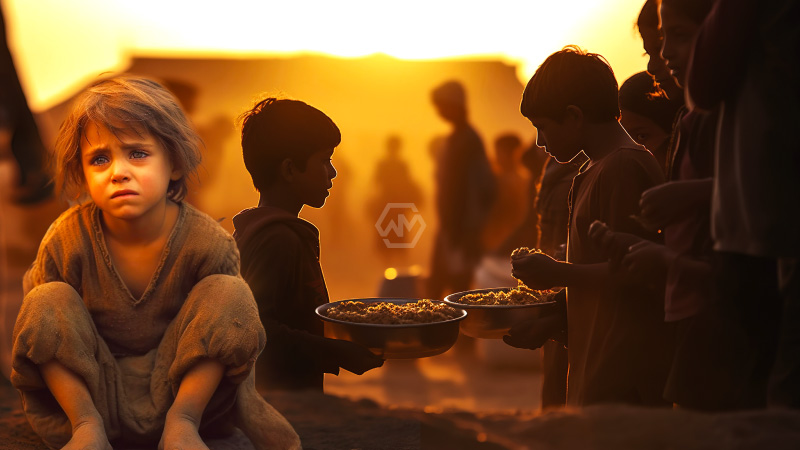- According to UNICEF, one in five children reside in poverty in the 40 wealthiest nations in the world.
- UNICEF estimates that by the end of 2021, there will be more than 69 million children living in high-poverty nations.
- A relative measure of poverty, or about 60% of the national median income, is the basis for the UNICEF estimate.
According to UNICEF, more than one in five children reside in poverty in the 40 wealthiest nations in the world, with France and Britain being particularly hard hit.
According to UNICEF Innocenti, there are still a lot of children living in poverty—roughly 6 million out of 291 million—despite an 8% decline in child poverty rates between 2012 and 2021.
Children in Poverty
More than 69 million children in the countries under study continued to live in poverty at the end of 2021, which prevented them from having access to a warm home, wholesome food, fashionable clothing, or school supplies.
Their emotional and mental well-being are impacted by this. A relative measure of poverty, or about 60% of the national median income, is the basis for the UNICEF estimate.
While highlighting the fact that wealth does not always keep children out of poverty, the report urges action to protect children’s welfare and political will among the nations tested.
Some of the wealthiest nations have seen a sharp rise in child poverty since 2012; Britain has seen a 19.6% increase and France has seen a 10.4% increase. Despite a 6.7% decline in the number of impoverished children in the US, more than one in four still live in relative poverty.
In comparison to Denmark, the poverty rate in 2019–2021 was twice as high. According to the report, children from single-parent households and minority backgrounds are more likely to experience poverty; in the US, 30% of African American and 29% of Native American children live below the federal poverty line, while in the EU, the percentage is 2.4 times higher.



